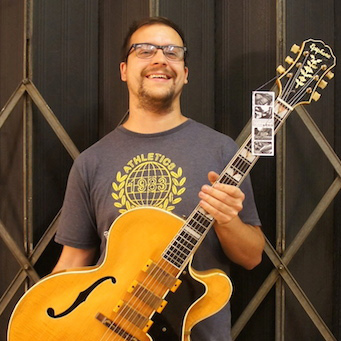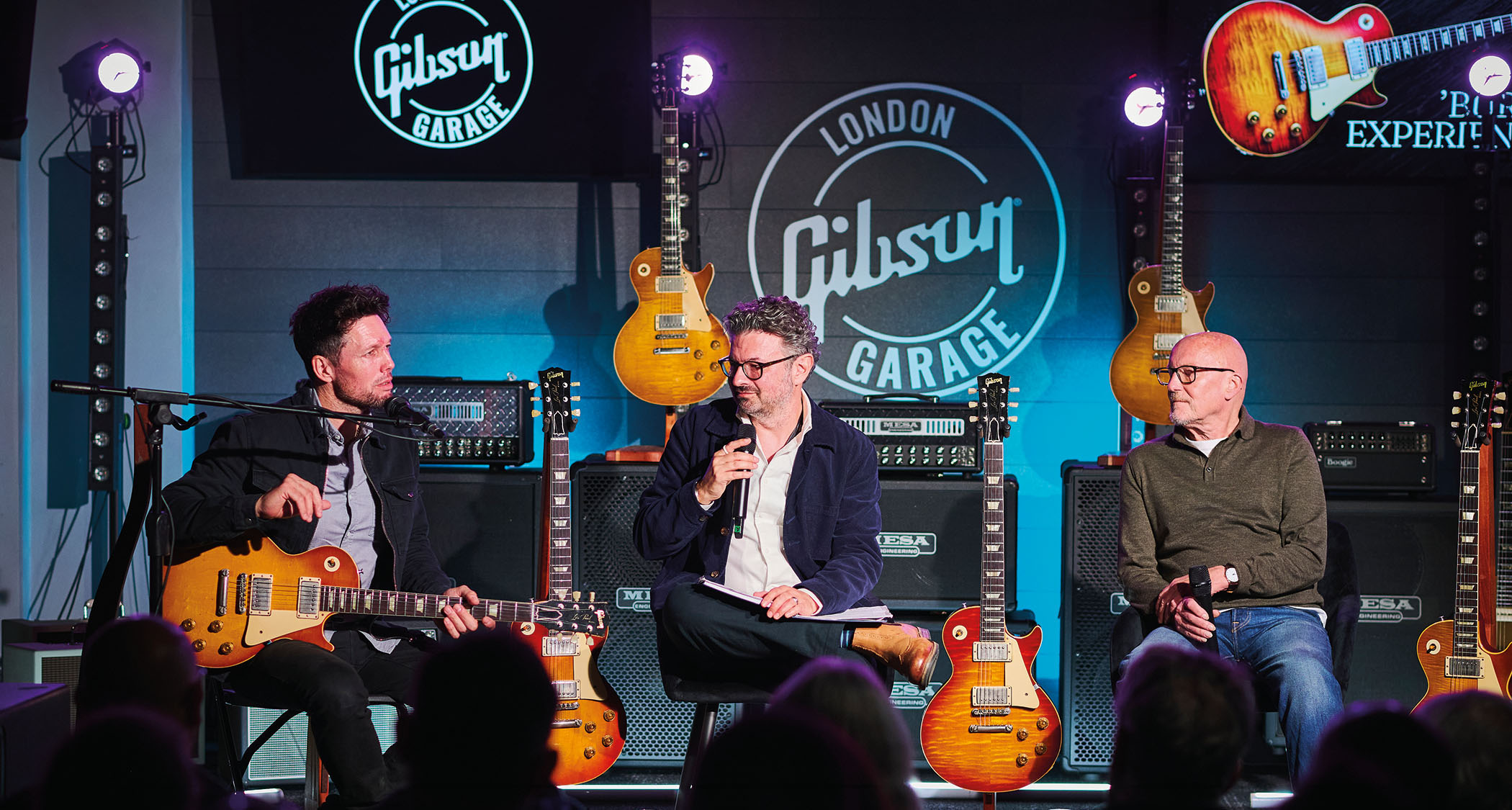How to install a kill switch on your guitar
We take you through the wiring you need to get that Morello/Buckethead sound
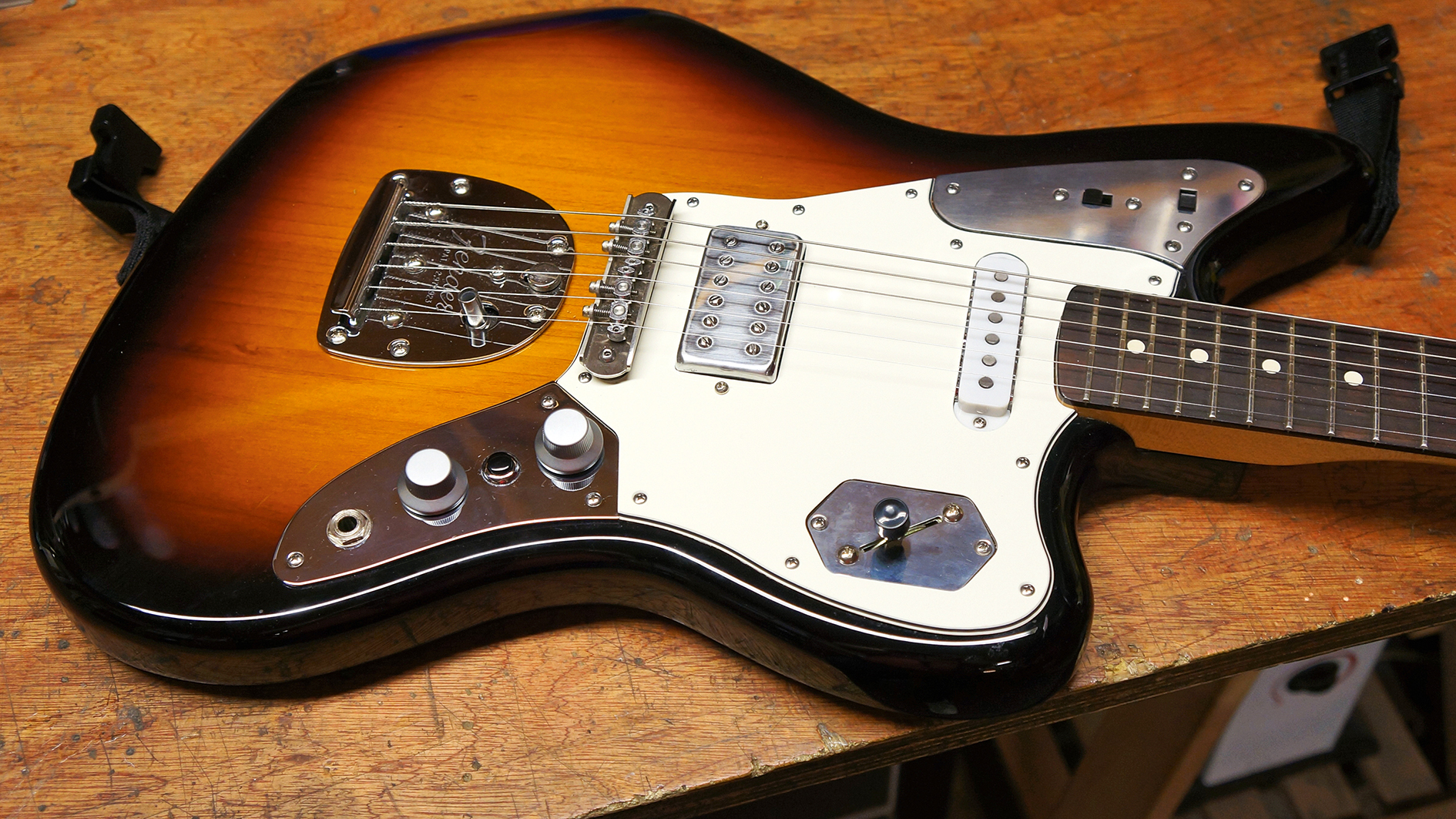
Kill switches are great fun. They’re a great way to incorporate some hard-hitting rhythmic gated sounds into your playing technique, especially if the switch is somewhere easy to grab!
The sound often used by Buckethead or Tom Morello creates a silence when the switch is depressed; release and your electric guitar sound comes back, simple. The way you use it is where the genius can strike! There are lots of buttons and switches online so the choice is yours, but you must keep in mind the mechanical resistance - you’ll want it to be easy to activate and not tough like the button on an elevator!
We’ll be using a momentary push-to-make button to do the switching for us so you can just slap the button down.
Where to put it though? Most push buttons require a drill-hole and a nut to fasten on the reverse of the switch, so as long as you have room, scratchplates, control plates or Les Paul pickup selector holes make great candidates. You can use this simple circuit and method on any guitar!
What you need
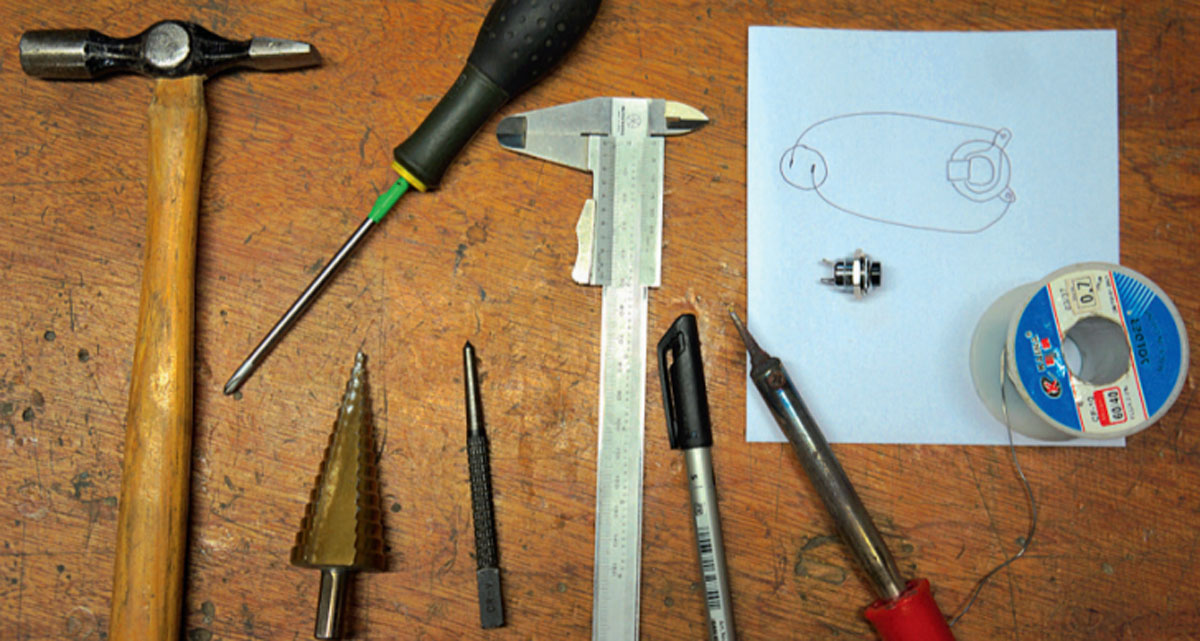
- SPST momentary push-to-make switch button
- Safety goggles
- Correct size HSS drill bit or cone step
- Centre punch
- Pin hammer
- Masking tape
- PH1 screwdriver
- Soldering iron
- 60/40 solder
- Spare cable
- Pen
- Vernier calipers
- Adjustable spanner
How to add a kill switch to your guitar

1. We’ll be popping the kill switch button on our Fender Jaguar’s control plate. Due to the Jag’s design, this means we only have to take off the chrome control plate down the bottom. Let’s get rid of the knobs so they don’t get scratched! Some knobs will pull off, but our ones here needed a tiny grub screw-loosening first.
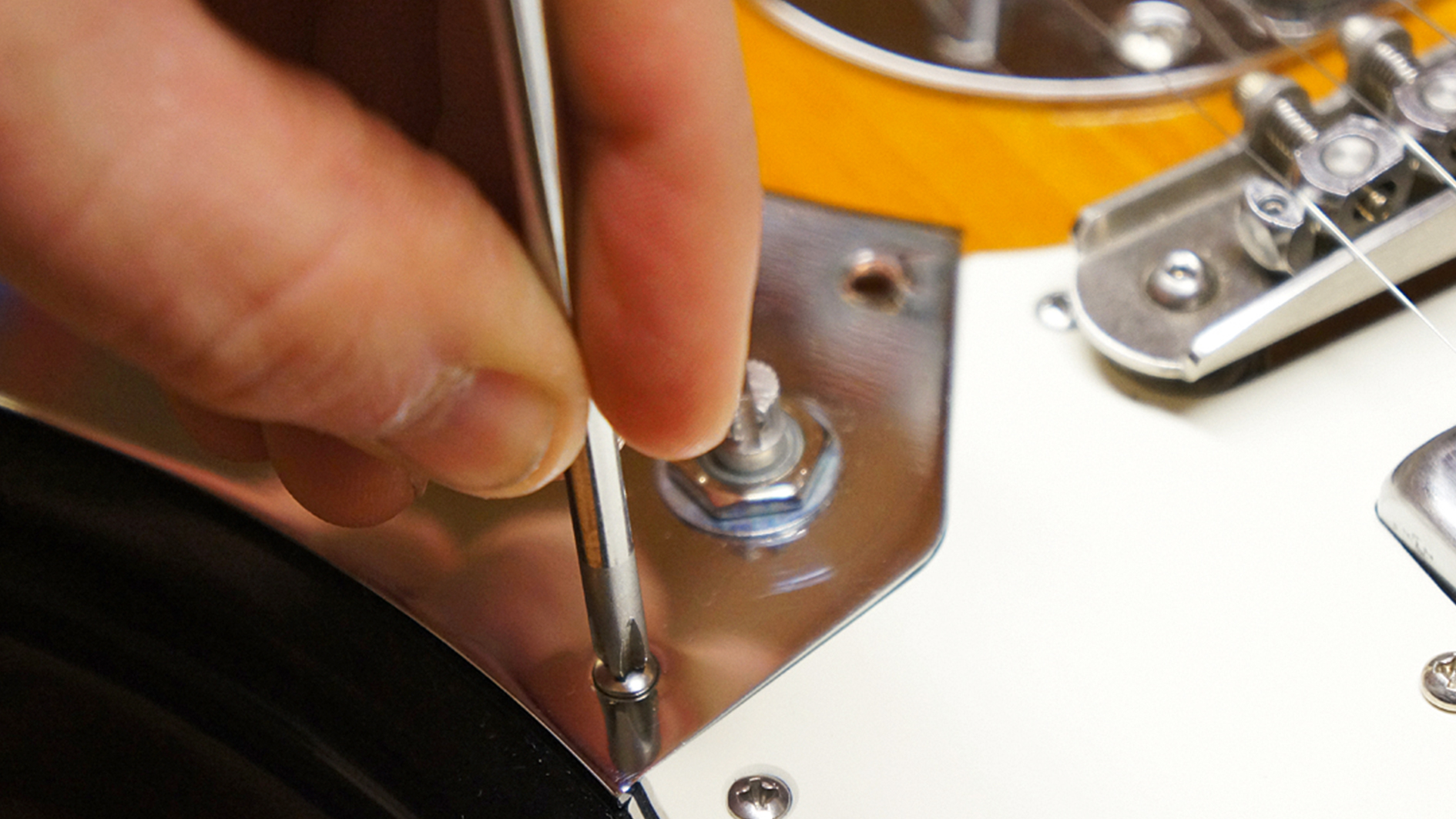
2. To gain access to the electronics cavity we’ll rather obviously need to take off the chrome plate. Use a PH1 screwdriver to remove the small screws holding it on. Take care not to lose the screws.
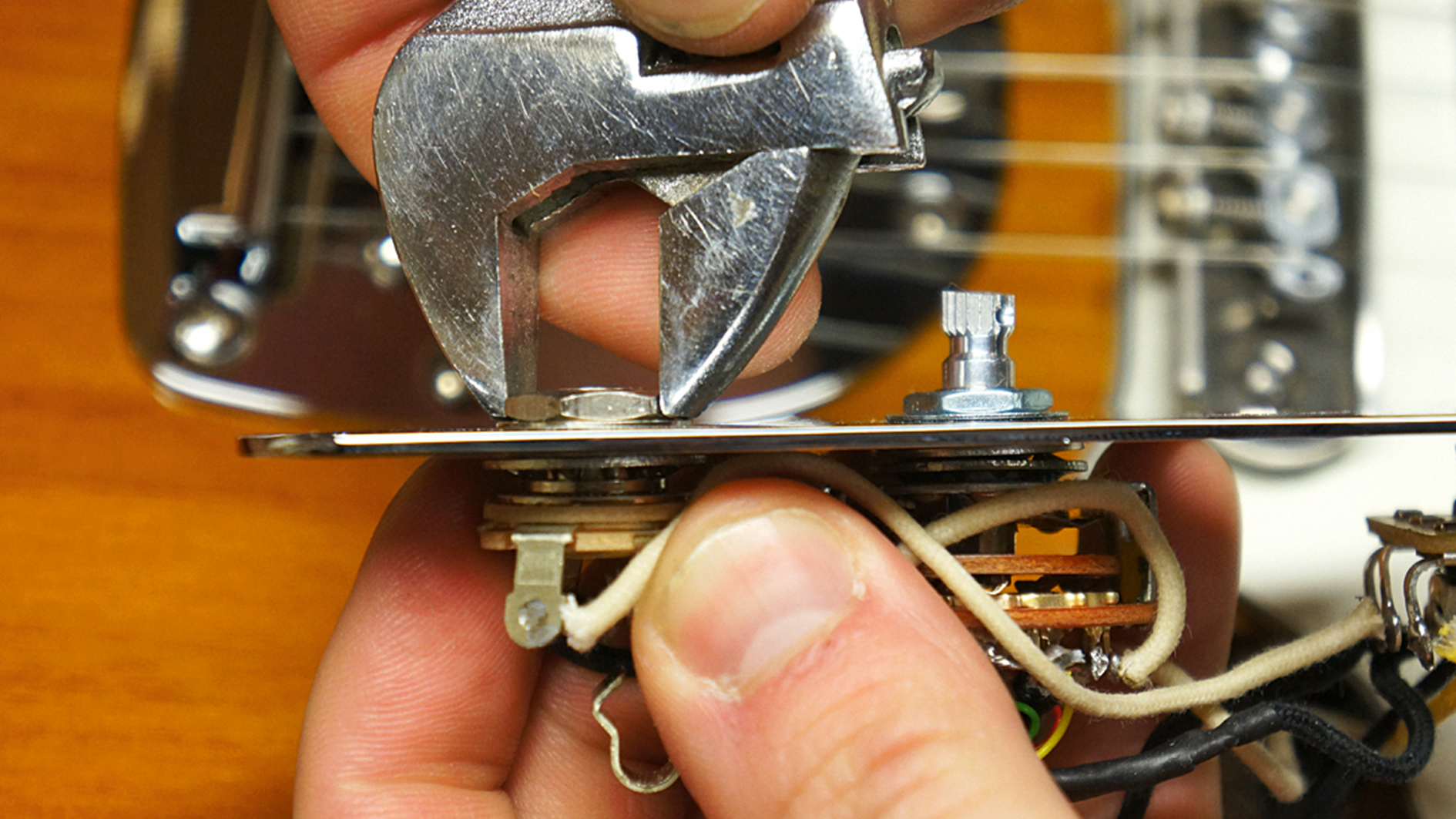
3. Under here, the Jaguar will normally have a tone pot and a volume pot next to the output jack (we have a custom circuit in this guitar, that’s why it looks different). Support the components from behind as you loosen them - turning the nuts on the top will likely just spin the components round inside instead of removing them.
All the latest guitar news, interviews, lessons, reviews, deals and more, direct to your inbox!
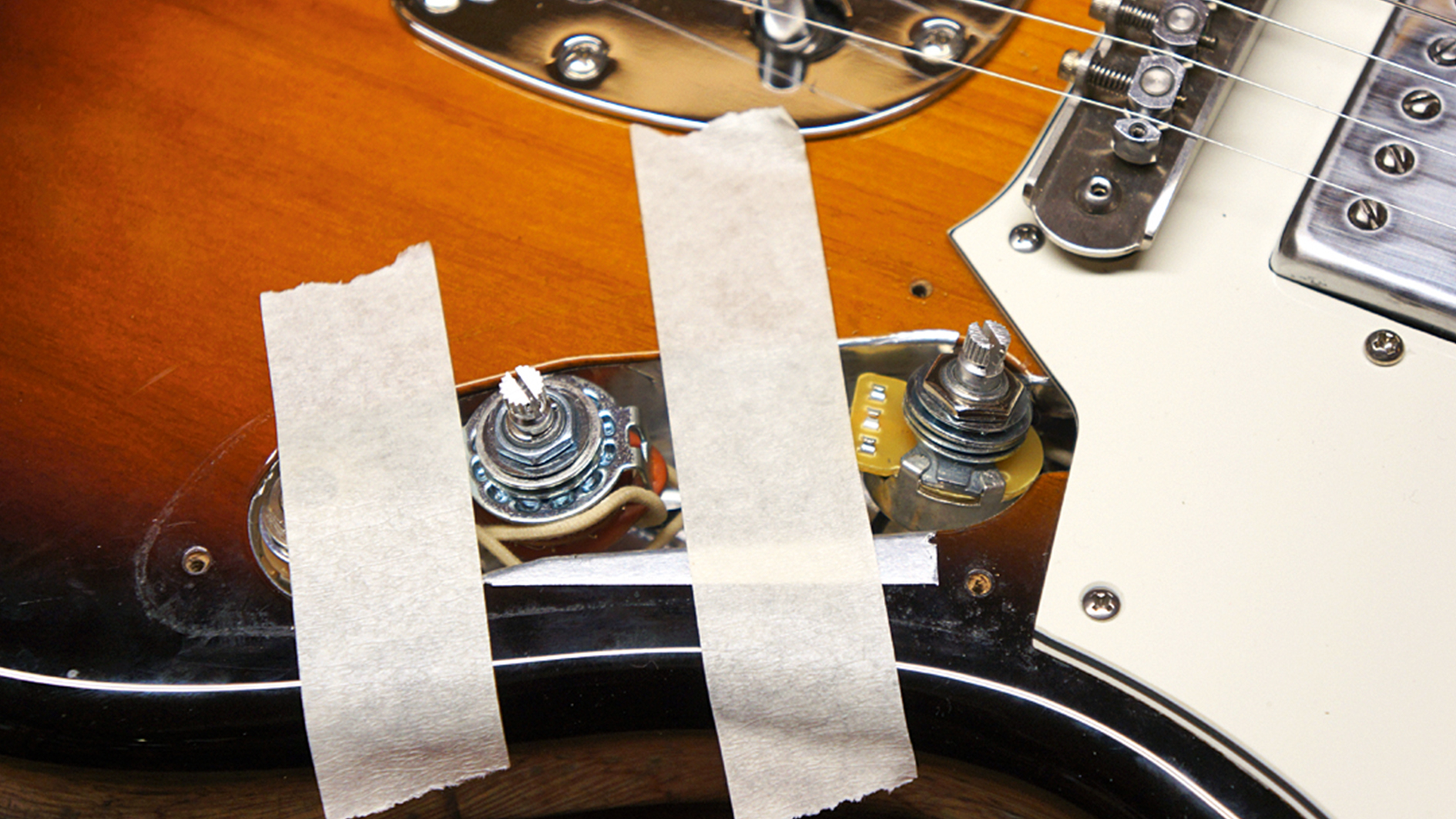
4. With the plate loose, let’s get the guitar out the way. Tape up the guts so they don’t fall out or get tangled in anything else. The guitar is going out of harm’s way while we make a mess of the control plate. We’ve replaced the nuts, washers and star washers on each pot so we know where it all came from.
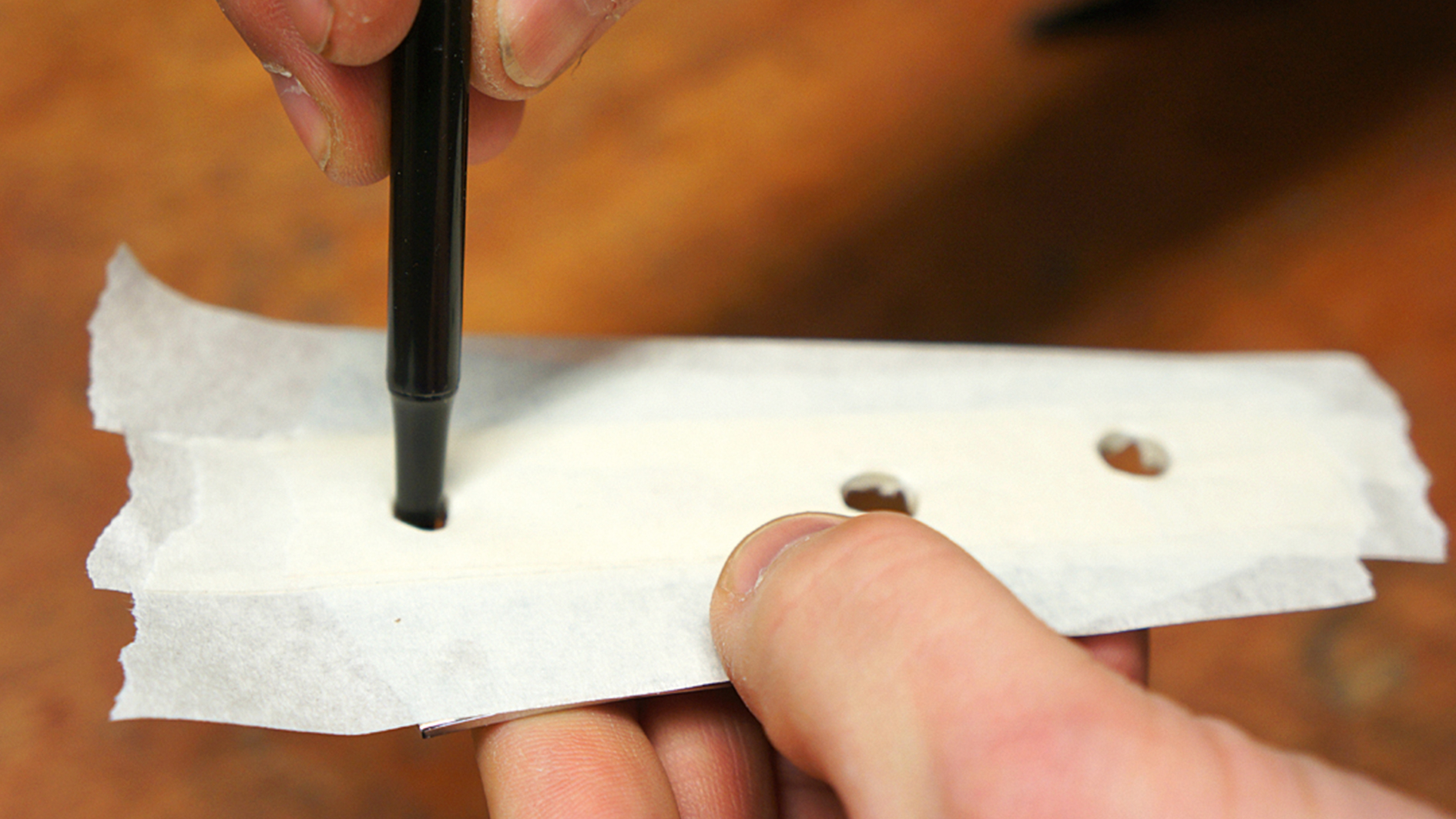
5. Let’s modify the control plate. First up, cover it in masking tape. This will allow us to mark it easily but also protects the face from scratches. Poke a hole in the old pot holes so we know where they are. Tip: The lid on our ubiquitous Papermate ballpoint pen was perfect for the job. Remember, only the best tool will get the job done right!
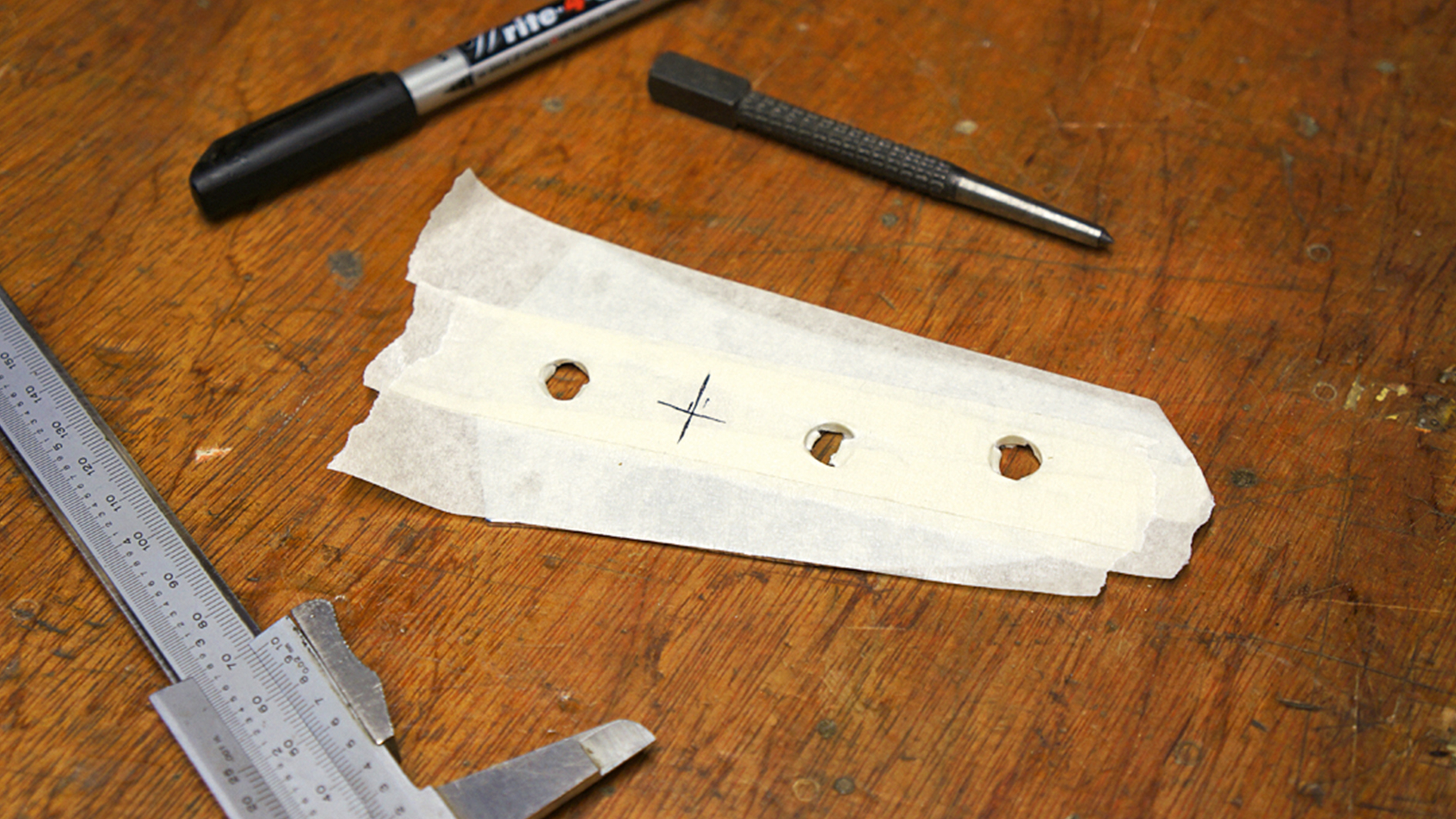
6. Let’s choose the location for the new kill switch button. We used a vernier caliper to measure and mark where half-way was (it would have looked bad not totally in the middle) and drew a big X. Consider the size of the knobs that will be replaced and make sure you have easy enough access to tap that awesome kill switch.
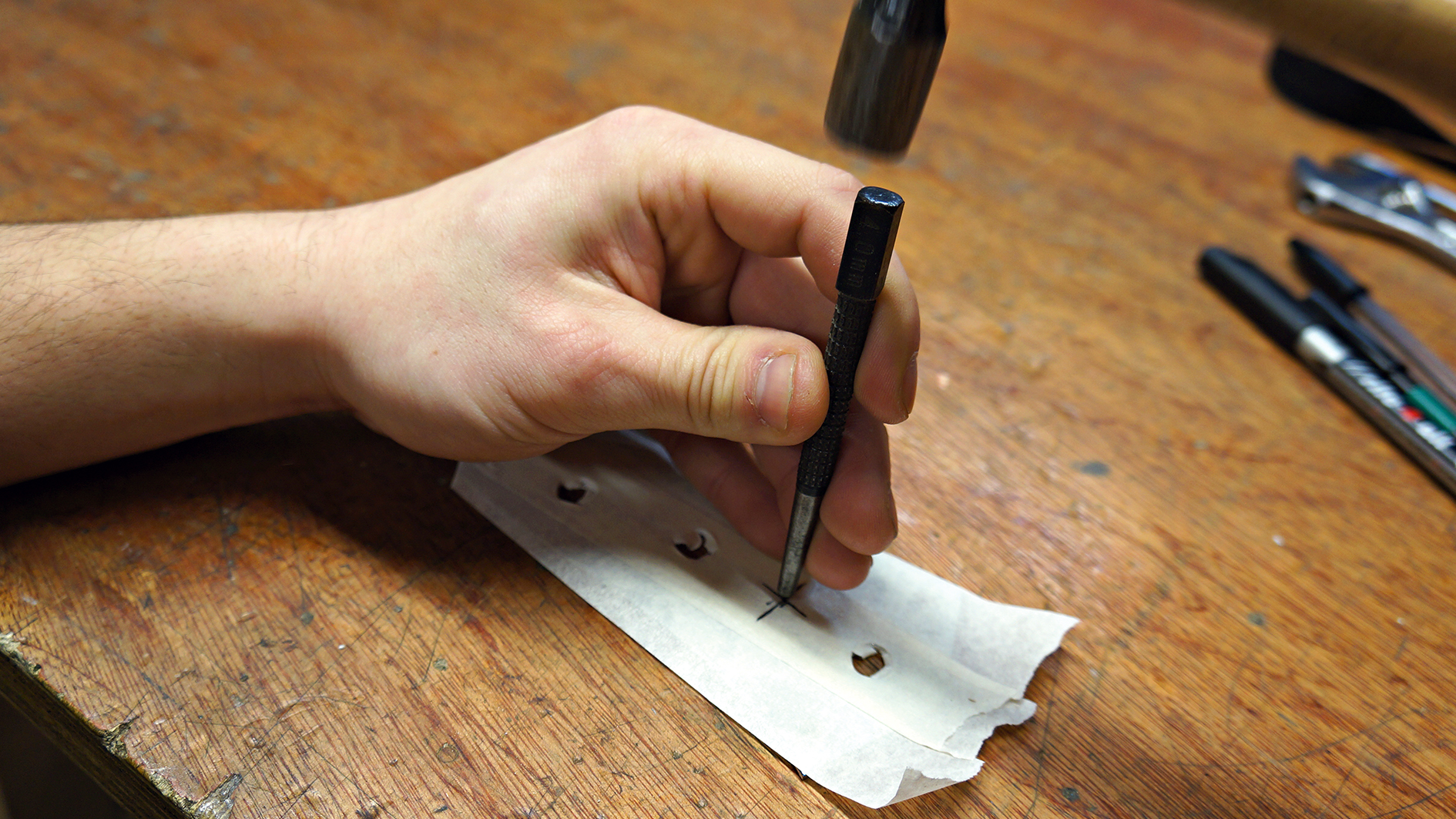
7. As we’re drilling metal, extra precaution is required. Drill bits like to wander off when they don’t have a soft material to get stuck in to, so let’s help ourselves. A centre punch is the tool for the job, hammer that onto exactly the spot you marked to create a dimple for the drill bit to sit in.
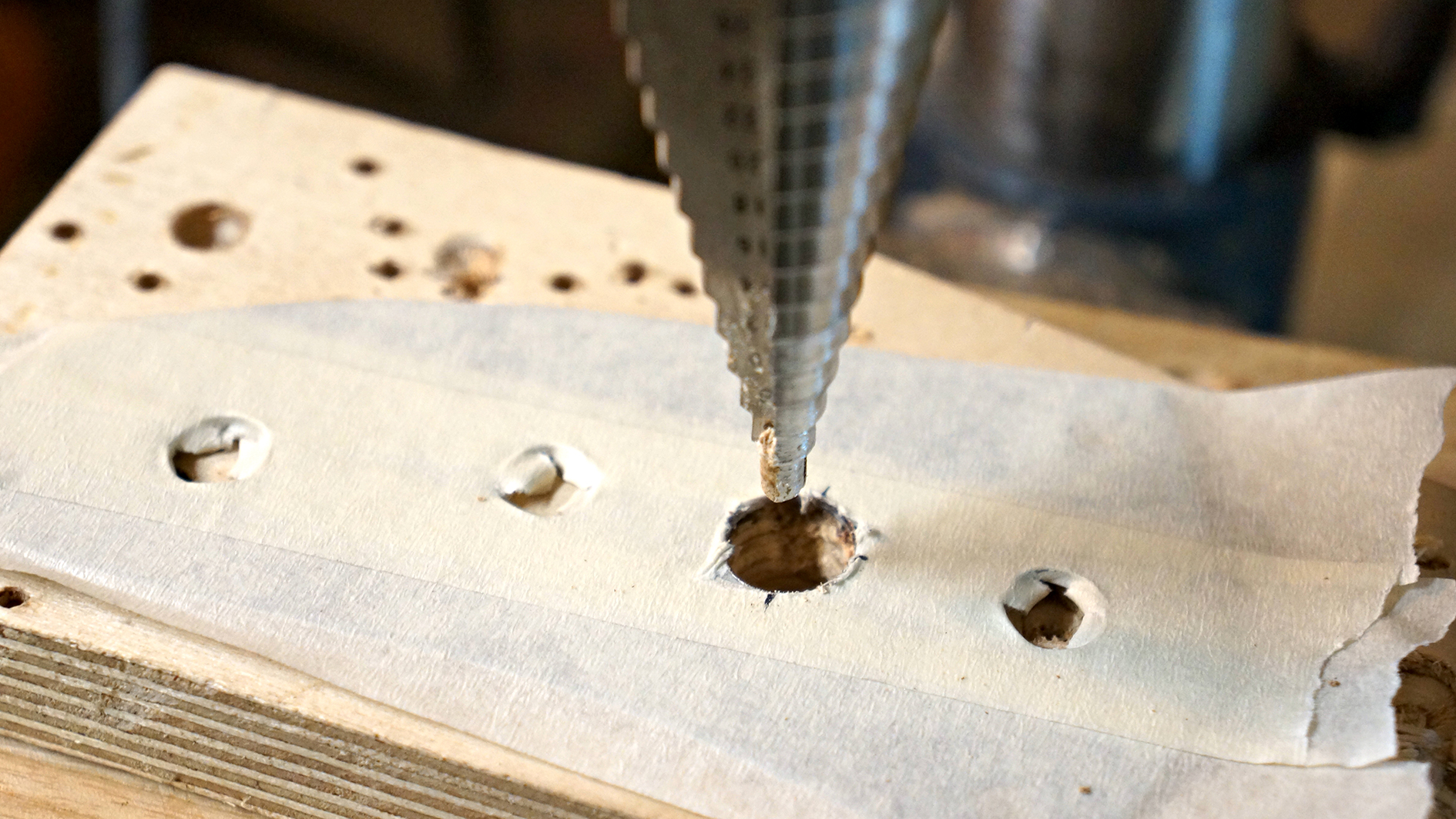
8. Goggles on, lets make some swarf (the name for waste metal shavings)! A cone step drill bit is perfect for the job. As you touch the next step, it automatically countersinks the hole you just made to take off the sharp burr edge. We use a pillar drill and a piece of scrap timber to chomp into our control plate.
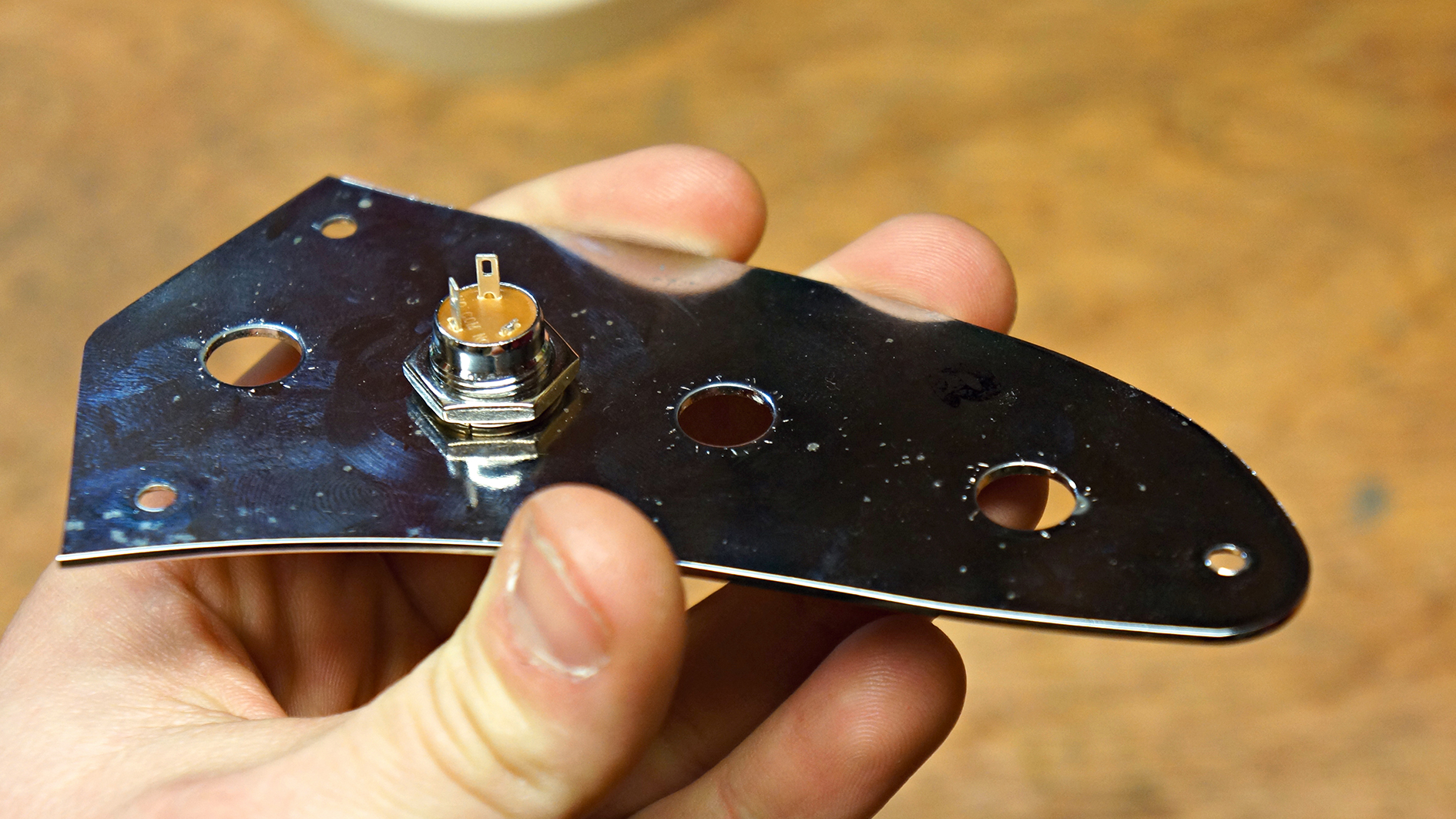
9. Gorgeous. Dispose of all that swarf, it’s paint job killer. Drop in your new kill switch and have a look at the terminals. Our switch here is actually a PTM/PTB switch - that’s ‘push to make/break’. Our circuit requires a push to make a connection, so chop off the undesired terminal - many kill switch buttons have just two terminals.
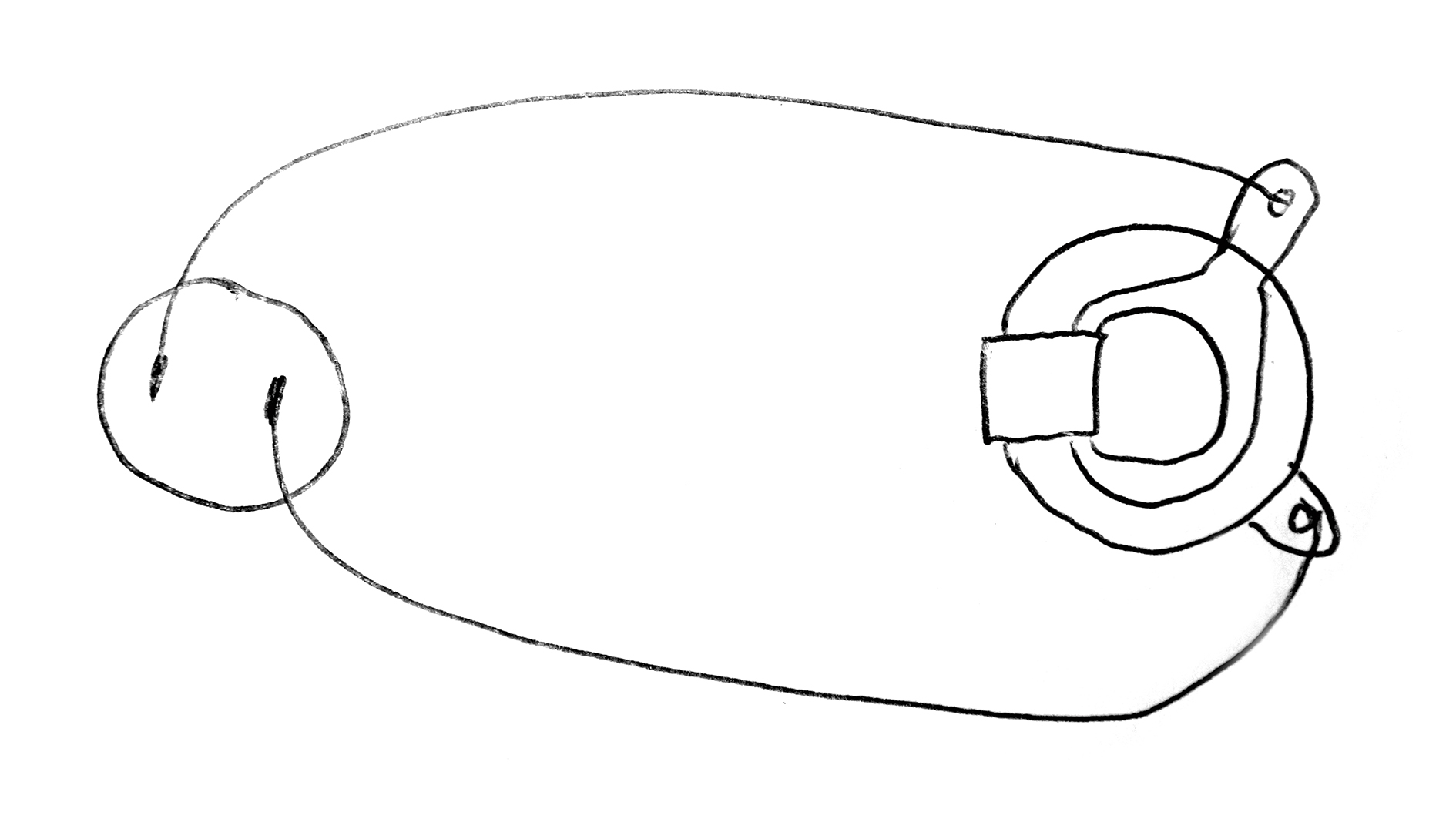
10. This is the simple circuit that needs installing. We have the jack socket on the right with a wire from the hot (tip) and a wire from the ground (sleeve) going to the push button terminals. Add this onto whatever guitar circuit you have going. It doesn’t matter which wire goes to which terminal on the switch.
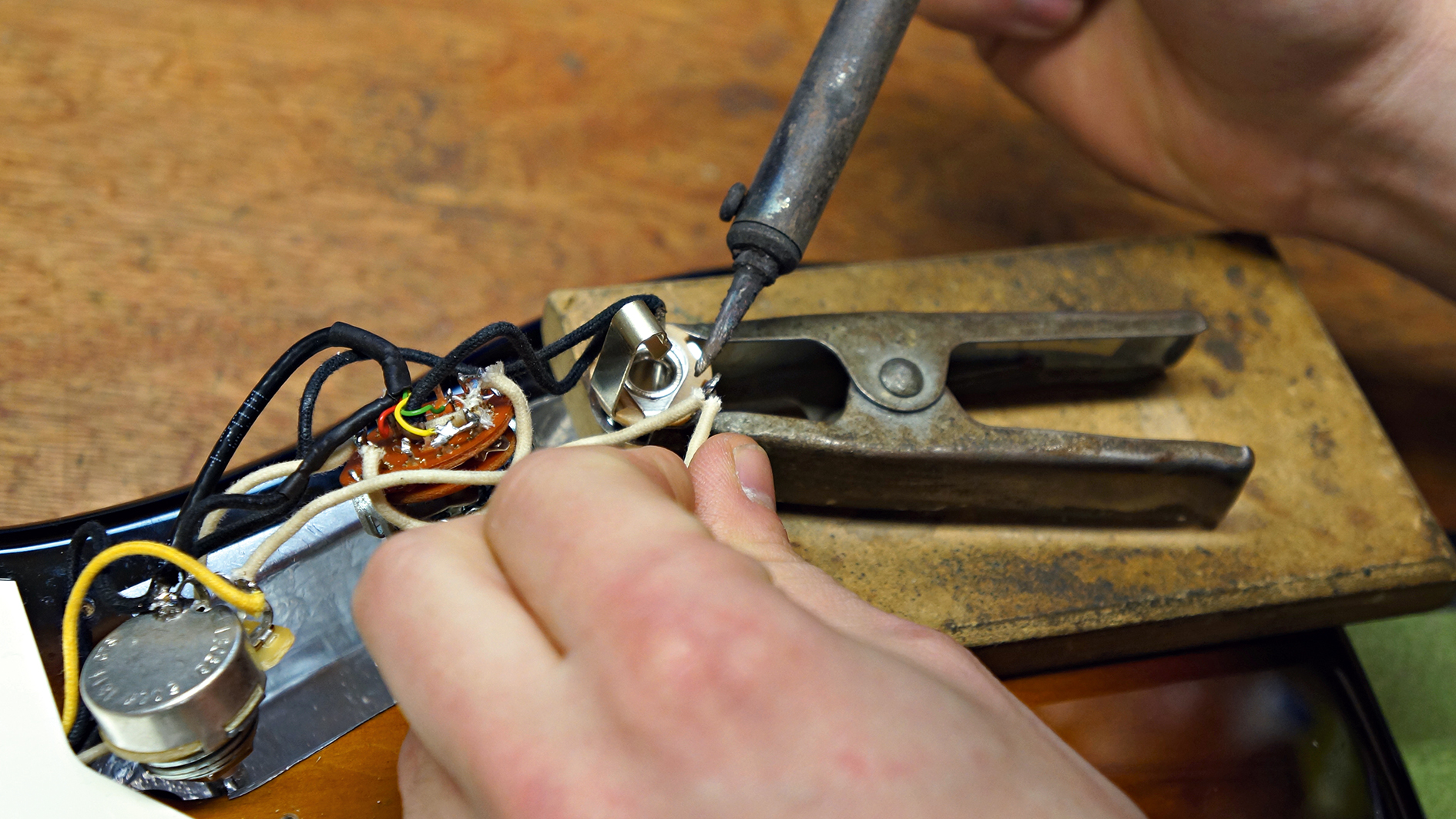
11. Reattach everything back onto the control plate and tighten up, remembering to support the components inside so the wires don’t twist. Let’s make that drawing a reality. Using just the right amount of cable, graft on the extra wires to the connection at the jack socket without disturbing what was there before.
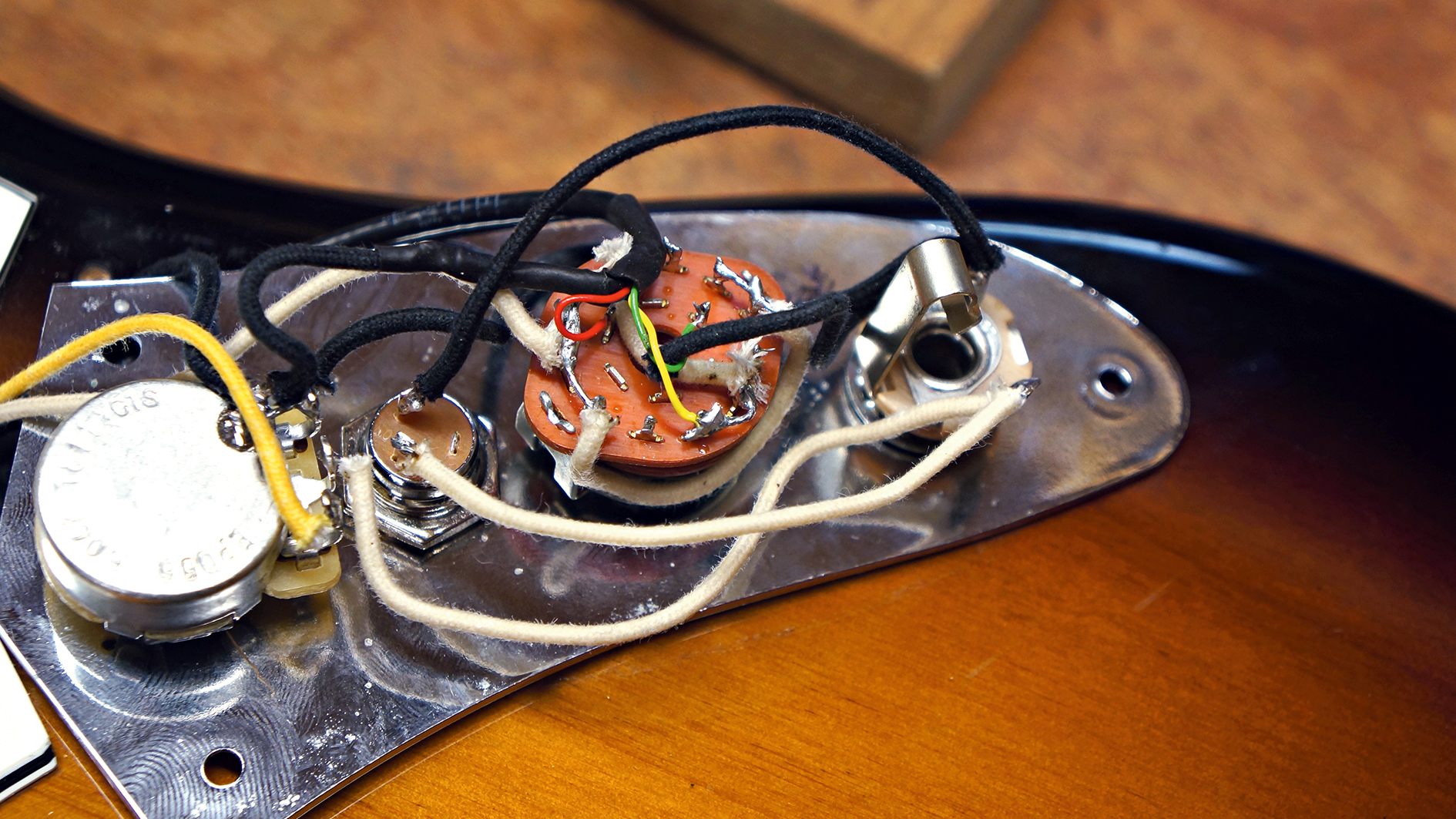
12. Once you have those wires in place, tin the terminals on the new switch button and attach onto there too. Tip: Tinning the new terminals really helps make the connection! Plug it in and give it a test. What’s happening is, as you press the button, your signal is sent to ‘ground’, which results in silence!
Jack runs an independent guitar setup and guitar repair service in Manchester, England. He serves the musicians of the Northwest of England, working on electric guitars, bass guitars, acoustic guitars and more. Jack has been writing the Fix Your Guitar column in Total Guitar Magazine since 2017.
